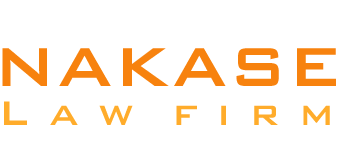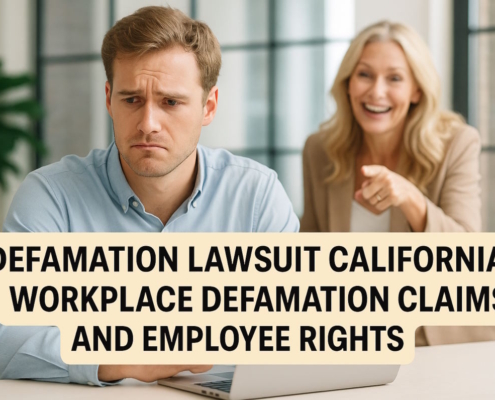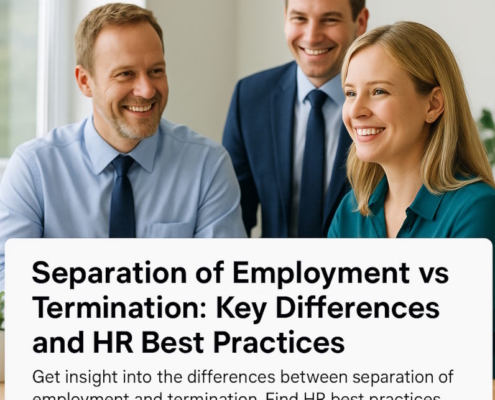Retaliatory Behavior
Retaliation may take the form of an employer disciplining or terminating an employee who engages in protected workplace activities. The negative action may also be one that damages the employee’s mental or emotional health or impacts the employee’s working conditions. This may include a pay cut or worse job assignments.
There are many ways in which an employer can retaliate against an employee. The following behaviors are a strong signs of a retaliation case:
- Harassment (sexual, racial, gender, religion, etc.)
- Termination
- Ignored for a promotion
- Demotion
- Assigned less-desirable projects or work
- Reduction in salary or wages
- Reduction in hours
- Physical or verbal threats
Providing Evidence of Retaliation
A strong retaliation case must provide evidence that demonstrates the following:
- He or she experienced or witnessed discrimination or harassment
- He or she engaged in a protected workplace activity
- His or her employer took a negative action against them in response
- He or she suffered damage or injury as a result
Importantly, it does not matter whether the alleged discriminatory behavior or harassment was actually illegal in nature. All that matters is that the reporting employee has good faith that it was. So, if the employer fires the employee for their insinuation, the employee still has a retaliation case.
Example: One morning, Katy is making coffee in the company breakroom. When her coworker Dean joins her, he gets uncomfortably close to Katy to reach for a coffee filter. Katy confronts him about the incident, telling him to back off. Dean looks confused, saying that he has no idea what she is talking about, he was merely reaching for a filter. Not satisfied with this explanation, Katy goes to HR to complain about sexual harassment. When the report gets back to Katy’s boss, John, he considers it bogus and fires Katy for creating a negative work culture. Katy hires an employment lawyer to sue her boss for retaliation. It doesn’t matter that the initial incident was likely not harassment. What matters is that Katy believed it was, and she was fired for making the report.
When an employee meets with an employment lawyer, they should bring evidence of the retaliation. This may include the following:
- Emails
- Call logs
- Voicemails
- Text messages
- Memos
- Witness testimony
- Personal notes
- Letters
- Journal entries from the time
Example: When Katy meets with her lawyer, she brings a variety of evidence, including notes she made after the incident happened, a copy of the HR report, and a termination email her boss sent her.
It is not advised to make audio or video recordings because in California, all parties involved in a recorded conversation must give their consent to being recorded.
Damages
When an employee sues their employer for retaliation, they may be awarded damages, or an amount of money given as compensation. In order to receive damages, an employee must be able to prove that he or she suffered a loss, such as wages or benefits.
In order to make the case for damages, an employee should bring in pay stubs, W-2 forms, and other documents that demonstrate his or her earnings from the start, before the retaliation occurred. Similarly, if an employee had their health care benefits taken away as part of the retaliation, he or she may bring in documents to show subsequent medical expenses that were thus not covered.
































